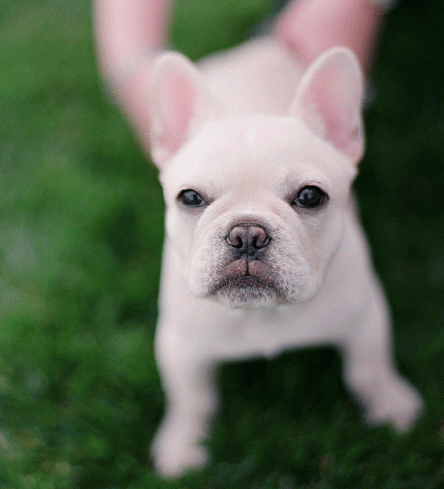 He’s cute, he’s cuddly, and he’s driving you crazy! Your new puppy Fido piddles all over the house, chews up your favorite pair of shoes, and his sharp puppy teeth scratch you whenever you play with him. Bringing home a new pup requires a major adjustment, but with the correct information and preparation you can make this adjustment period much smoother not only for you, but for your new addition as well.
He’s cute, he’s cuddly, and he’s driving you crazy! Your new puppy Fido piddles all over the house, chews up your favorite pair of shoes, and his sharp puppy teeth scratch you whenever you play with him. Bringing home a new pup requires a major adjustment, but with the correct information and preparation you can make this adjustment period much smoother not only for you, but for your new addition as well.
The Basics – What to Buy
Make sure to purchase these must-have items in preparation for bringing your pup home.
- Crate – One sized to fit Fido when he’s full grown (he should have enough room to stand up and turn around in it). If you buy a smaller crate for his smaller puppy size you’ll end up having to purchase multiples to accommodate him as he grows. Also, a crate that has a divider would be preferable for potty training.
- Identification tags – This will be one of the most important things you purchase for you puppy; ensure that he is always able to find his way home in the event that he becomes lost. Micro-chipping Fido is also recommended in the event that his tags should be lost along with him.
- Collar, harness, and a leash.
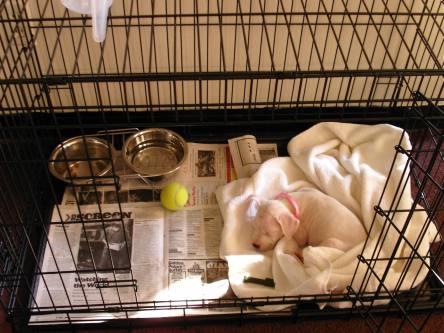
- Bowls – One set for food and water inside the house, as well as a water bowl for outside.
- Dog bed
- Dog food – Talk with your veterinarian about Fido’s dietary needs in order to choose the most nutritionally balanced food for your pup.
- Pooper scooper and/or poop bags – Self explanatory.
- Toys – The more durable the better, dogs of all ages love to de-stuff plush toys.
- Grooming tools – Nail clippers and a brush are the necessities, but if you plan on grooming Fido yourself you will also need a shampoo and conditioner.
- A completely enclosed yard – If you have one.
You will most likely find that you will need additional supplies as you get to know your puppy and their habits, but this basic list of supplies will hold you over till you get to know each other better.
Potty Training
 To ensure that your home stays relatively stain and odor free, potty training should be undertaken from the moment you bring Fido home; this is where your crate will come into play.
To ensure that your home stays relatively stain and odor free, potty training should be undertaken from the moment you bring Fido home; this is where your crate will come into play.
Puppies will not be able to control their eliminations until they are about 4 months old so you will need to be vigilant as well as patient when it comes to potty training Fido. There are two important steps to take when undertaking this task: establishing a routine and supervision.
Establishing a Routine
The number one rule of puppy potty training is simple: take Fido out as often as possible to eliminate. Generally puppies should be taken out every 1.5 to 2 hours to a designated spot of your choosing. He should also be taken out upon awakening, after eating or drinking, and after playing. While Fido is doing his business, introduce a phrase that he can learn to associate with eliminating, such as “go potty” or “do your business”.
Puppies will need to eat three meals a day and keeping them fed at consistent times each day will also keep their eliminations on a predictable schedule, making house training much easier on both of you. Also, Fido should not have continued access to water starting about 2 to 2 1/2 hours before his bedtime; this will lessen the chances that he will need to potty during the night. Put him into his crate at his bedtime and shut the door; getting Fido used to being locked in his crate might take some time getting used to but dogs are naturally den animals and his crate will eventually become a safe and comfortable place in his mind. Also, because dogs don’t like to eliminate where they sleep this will also lessen the chances that he will have an accident. In the event that your pup does need to do their business during the night, calmly escort him to the designated area, give the command, and calmly escort him back to his bed. Don’t allow him to get excited or try to play otherwise he wont go back to sleep.
Supervision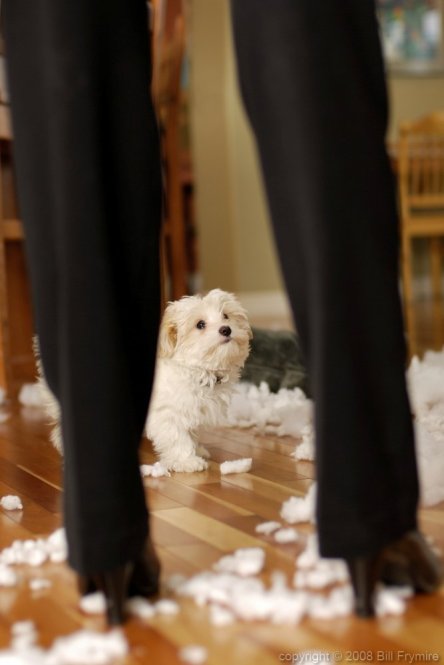
Your new puppy will need to be supervised not only for safety reasons, but so that you decrease the chances that he will go potty in your home. Either keep your puppy confined to one room or area with the use of baby gates, or tied to you with a 6 foot leash. The more area you give Fido access to, the more likely it is that he will explore outside of your sight range and have an accident. There are certain signs to look for to indicate to you that Fido needs to be taken outside: barking, scratching at the door, circling, squatting, or sniffing around excessively. When you notice these behaviors immediately take your pup outside.
When Fido does have an accident inside the house (and he will!), interrupt him in the act with a startling noise and immediately take him outside, give him your chosen command, praise him, and bring him back inside. If you happen to find a puddle but were unable to catch your pup in the act it is too late to give a correction. Scolding your puppy after the undesired action has already taken place will have no effect and could actually do more harm than good. Simply clean up the area thoroughly to ensure that Fido wont eliminate in that spot again.
Remember, your new puppy is a baby, therefore he will need consistent and constant attention to ensure that he will mature into a well-rounded part of your family. The first few months will require a lot of work on both your parts, but the end result will be well worth it!
Stay tuned for Part 2 of “How to take care of your new puppy” with information on chewing and play biting management as well as the importance of training and early socialization!
0.000000
0.000000
 a bunch by introducing pet dye. Personally I love that there is an option to spice up my dogs coat. But there are some pro and cons with dyeing your pet, you first must make sure that it is pet safe dye that you are using. Some people think that dying your pet is awesome and some people think its cruel, the most important thing to remember is the safety of your pet if you decide to add some color.
a bunch by introducing pet dye. Personally I love that there is an option to spice up my dogs coat. But there are some pro and cons with dyeing your pet, you first must make sure that it is pet safe dye that you are using. Some people think that dying your pet is awesome and some people think its cruel, the most important thing to remember is the safety of your pet if you decide to add some color.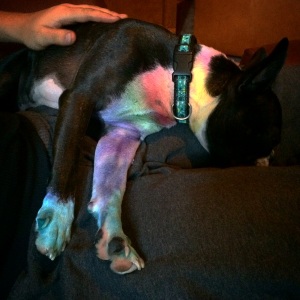 way is to use Manic Panic or Kool- Aid, I’ve used dog friendly blow pens, chalk, Manic Panic, and gel. While personally I prefer the blow pens since they only last about a week or so, Manic Panic is more permanent choice which usually lasts about 2 weeks. My boys are used for events for my work all the time, Dipper my Boston Terrier loves being dyed and will strut his stuff for anyone watching as long as he has a little more color in his coat.
way is to use Manic Panic or Kool- Aid, I’ve used dog friendly blow pens, chalk, Manic Panic, and gel. While personally I prefer the blow pens since they only last about a week or so, Manic Panic is more permanent choice which usually lasts about 2 weeks. My boys are used for events for my work all the time, Dipper my Boston Terrier loves being dyed and will strut his stuff for anyone watching as long as he has a little more color in his coat.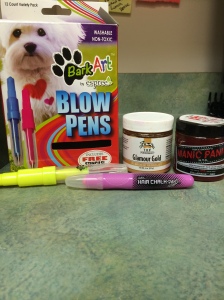
 Nowadays you’ll see dogs looking like tigers, pandas, people chose certain themes just like we put a bunch of hearts on my co-workers dog.
Nowadays you’ll see dogs looking like tigers, pandas, people chose certain themes just like we put a bunch of hearts on my co-workers dog.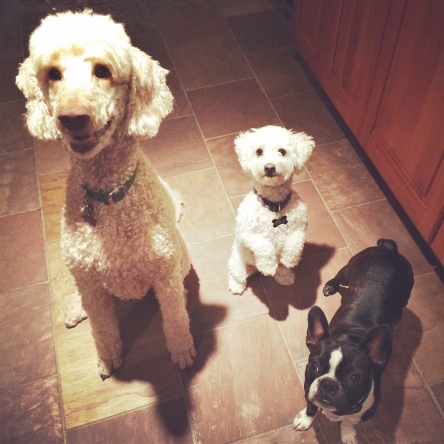 I like to think that I’m a pretty experienced baker but have never tried making treats for my dogs. I found a couple of good, healthy, and potentially grain free recipes to try out. So for this trial round I’m going to try a peanut butter sweet potato treat that makes roughly 2 dozen cookies.
I like to think that I’m a pretty experienced baker but have never tried making treats for my dogs. I found a couple of good, healthy, and potentially grain free recipes to try out. So for this trial round I’m going to try a peanut butter sweet potato treat that makes roughly 2 dozen cookies.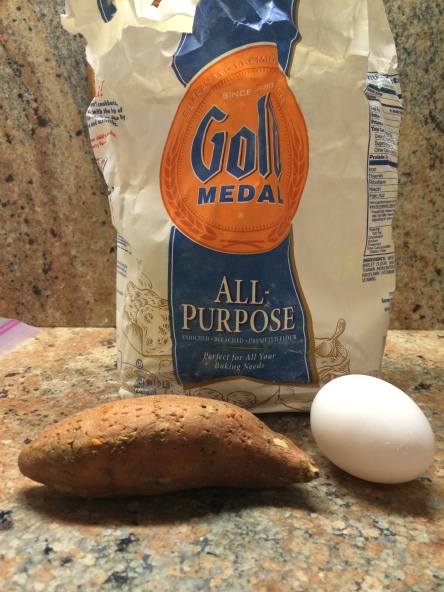
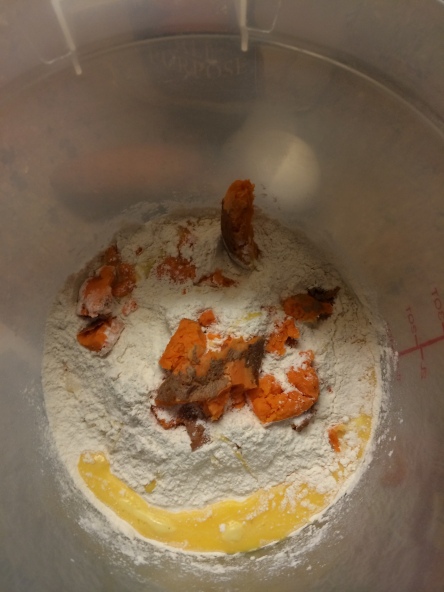
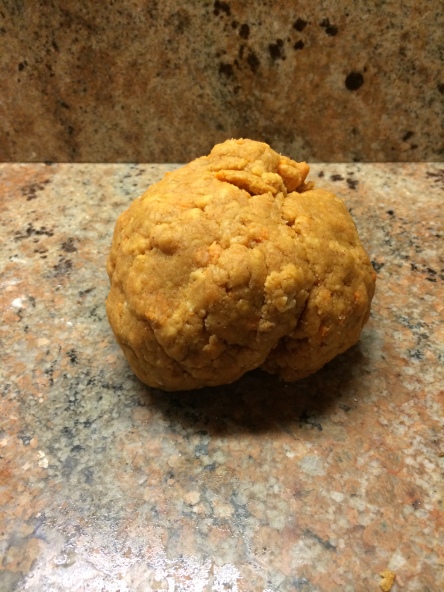






 Not too many are familiar with anal sacs or how issues with them are caused. If you have found Fido lately to be doing a sort of “scooting” maneuver, licking more than usual in the hind area, or any look of discomfort while laying down, there is a chance he may be in need of a little TLC “down there”.
Not too many are familiar with anal sacs or how issues with them are caused. If you have found Fido lately to be doing a sort of “scooting” maneuver, licking more than usual in the hind area, or any look of discomfort while laying down, there is a chance he may be in need of a little TLC “down there”.



 He’s cute, he’s cuddly, and he’s driving you crazy! Your new puppy Fido piddles all over the house, chews up your favorite pair of shoes, and his sharp puppy teeth scratch you whenever you
He’s cute, he’s cuddly, and he’s driving you crazy! Your new puppy Fido piddles all over the house, chews up your favorite pair of shoes, and his sharp puppy teeth scratch you whenever you 










